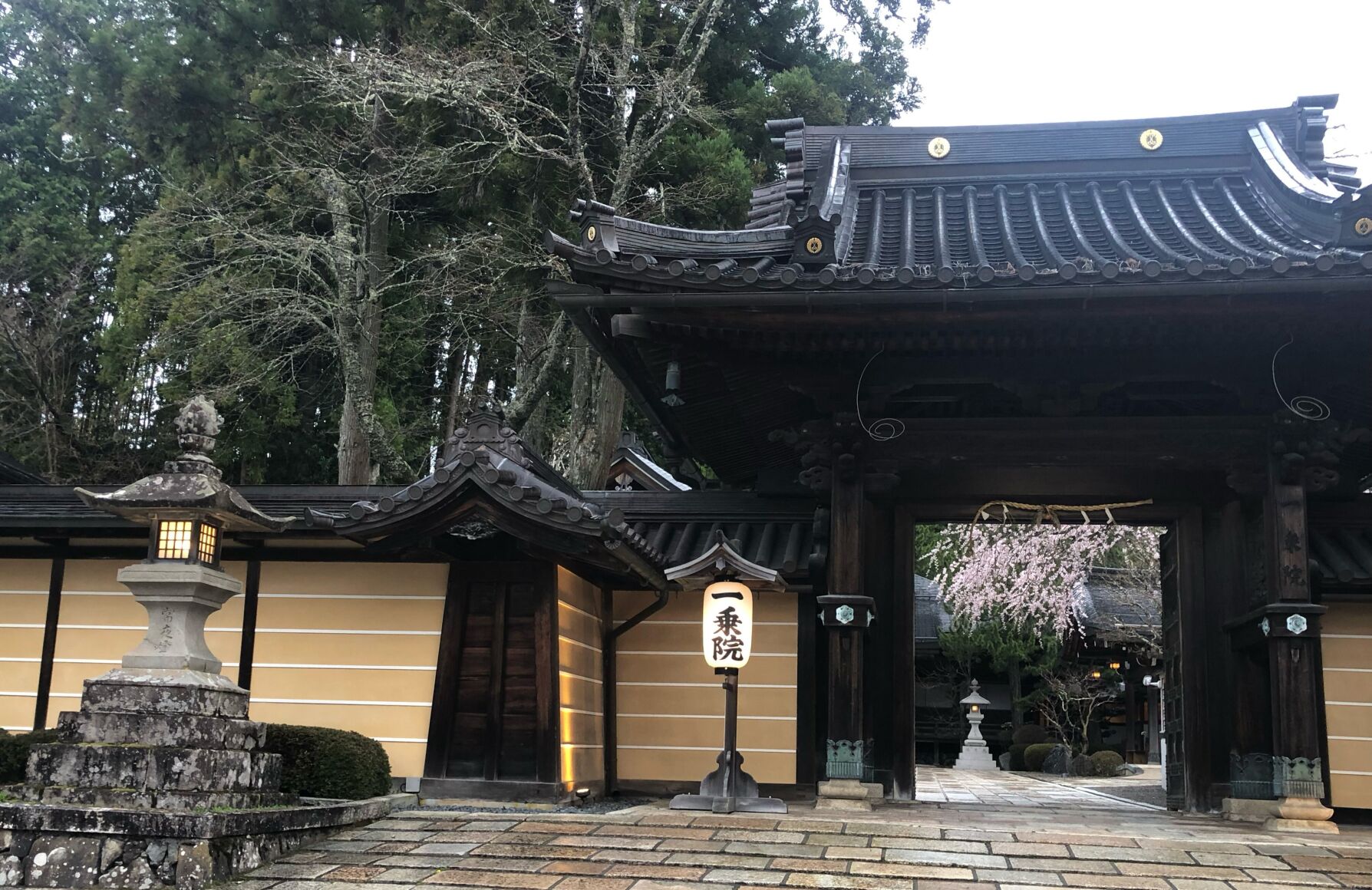āSha ri shi. Shiki fu i ku. Ku fu i shiki.ā The sounds of the monksā chants reverberated through me. I didnāt know what the words meant, but somehow they brought me a measure of peace.
Following the other guests, I knelt before a small bronze bowl, took a pinch of fragrant incense and then put it up to my head several times before throwing it in.
The day before, my husband and I had arrived at Hongaku-in, one of the working Buddhist temples offering accommodations in , a mountain village south of Osaka. Considered one of the most spiritual places in Japan, Koyasan is home to the head temple of Shingon Buddhism. After spending weeks immersed in the buzz of Kyoto and Osaka, I craved quiet.
I was on this vacation for a milestone birthday, but not to celebrate it ā rather, I wanted to distract myself from it. In the years leading up to this anniversary, I had experienced several miscarriages and the unimaginable emotional and physical pain that came with them. More than an escape from city crowds, I came to the temple in search of healing.
Fittingly, upon arrival at Hongaku-in, I was greeted by several small stone jizo sculptures in woolly hats ā the guardians of travellers and children. A monk in a flowing black robe welcomed me, guiding me to my room and showing me around with few words but a calm presence.

A guest room inside theĀ Hongaku-in temple, designed in traditional Japanese style.
Dan ConveyMy room was spacious yet sparsely decorated and covered with traditional tatami mats on the floor. At the back was a small conservatory overlooking a serene Japanese garden, complete with a koi pond and stone bridge.
After prayers every morning, we rubbed our hands with incense and gathered to eat in the great hall, which was decorated with silks and ancient golden murals. Breakfast was shojin ryori, traditional Japanese Buddhist plant-based cuisine. As a vegetarian, I welcomed the delicate dishes of tofu, herbs and vegetables, which were served in small lacquered bowls on a wooden tray.
We ate sitting on the floor with all the other guests, most of whom were Japanese visitors from around the country. Even though we couldnāt always communicate, we shared a sense of camaraderie, instilled by our daily meditations.
Buddhist philosophy encourages healing through nature, so I set out to hike the nearby . Until 1872, women were banned from Koyasan, so this path encircled the sacred village, allowing them to worship from afar.

One of the red torii gates along the Nyonin-Michi womenās pilgrimage route.
Dan ConveyAs I neared the start of the 16-kilometre trail, rain began to pour from the sky, but I walked on. The path wound through dense forest, high into the misty Kii Mountains, where I felt I could almost touch the clouds.
Every so often, I would walk through several bright red torii gates and know that I would soon come across another shrine or holy stone-carved statue. At each, I stopped in reverence and appreciation for my beautiful surroundings.
At some points, the rain was so heavy that the trail had turned into a mini waterfall. At others, gongs echoed hauntingly across the mountaintops from distant temples, making the atmosphere almost ethereal.
Many hours later, drenched and tired, I found myself on the other side of Koyasan. Dusk was falling and the rain had finally stopped. A long stone path led into the forest-covered expanse of Okunoin Cemetery, the final resting place for some 200,000 Buddhist monks.

Okunoin Cemetery is the final resting place for some 200,000 Buddhist monks.
Dan ConveyModern gravestones marked the entrance, but deeper in, they appeared older and older ā sculptural and half-covered in bright green moss, almost becoming part of the forest itself.
Lanterns lit the way to the mausoleum of Kobo Daishi, the founder of Shingon Buddhism. I paid my respects and copied part of a mantra in Japanese characters onto a wooden stick, praying for hope and for the future.
Walking in the steps of the thousands of women who had suffered before me helped me to feel connected to them, and to feel understood. While I canāt say that this trip healed me, my stay at the temple did teach me to look for beauty in the everyday, and accept what I had come to escape.































To join the conversation set a first and last name in your user profile.
Sign in or register for free to join the Conversation